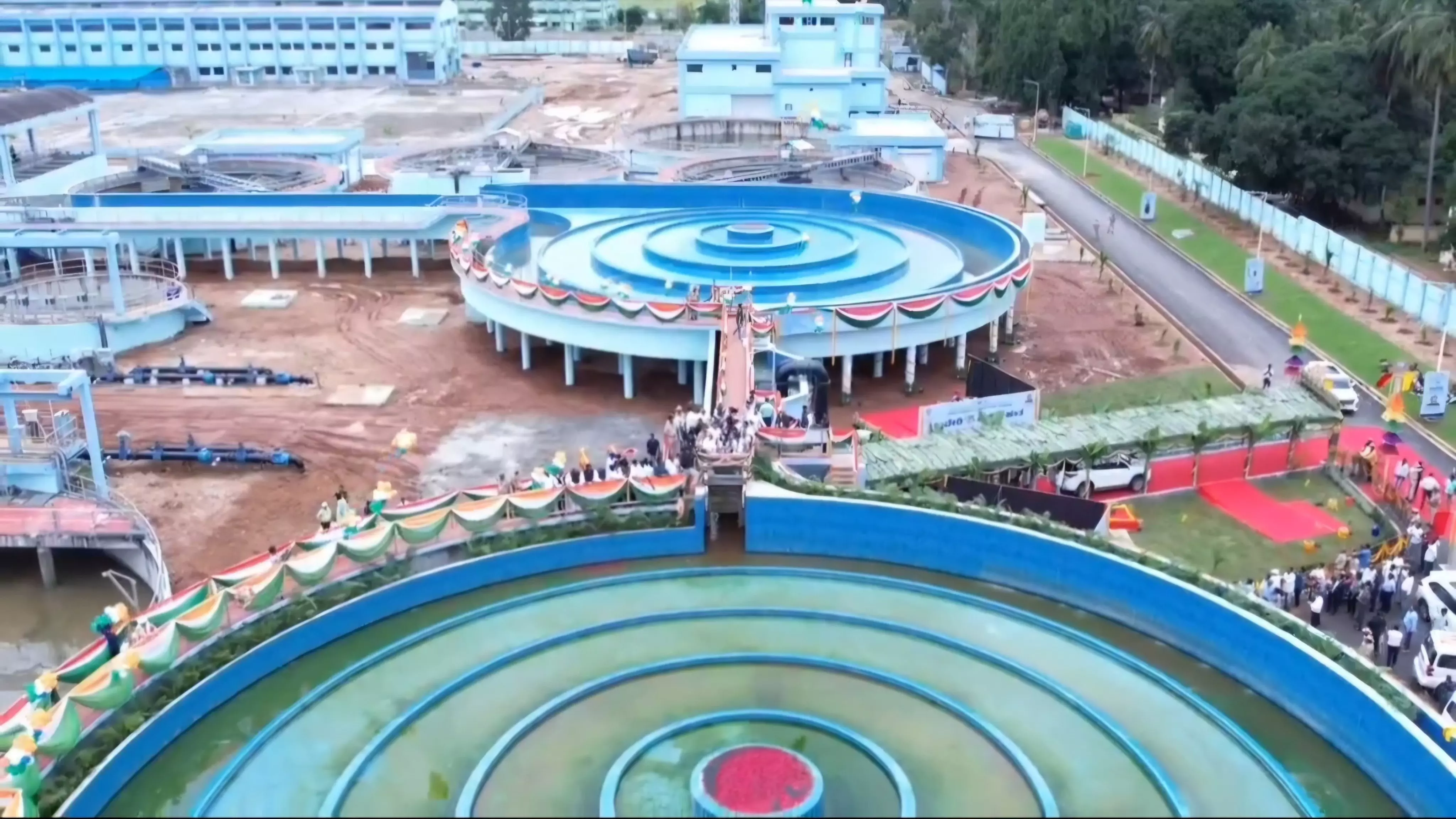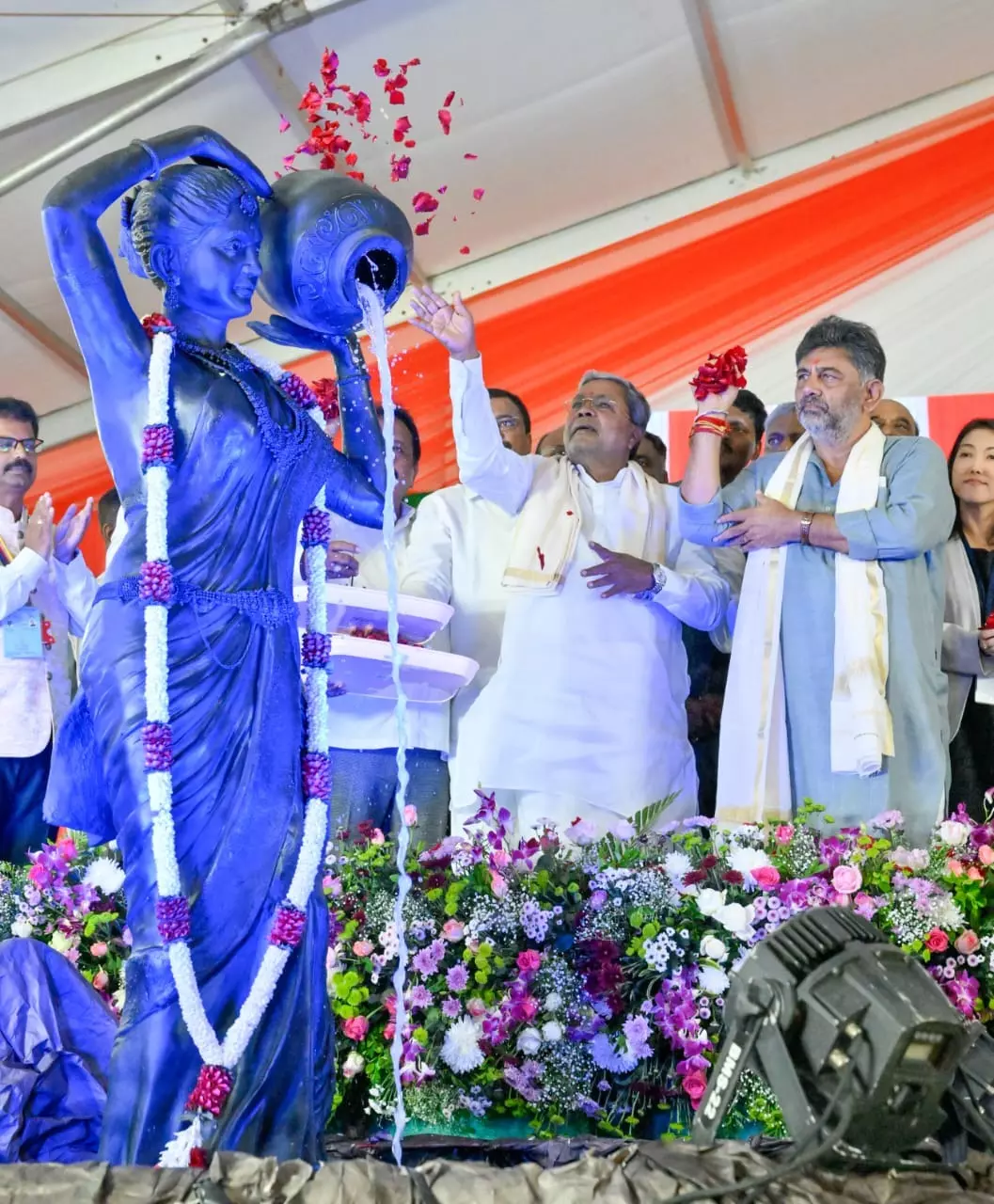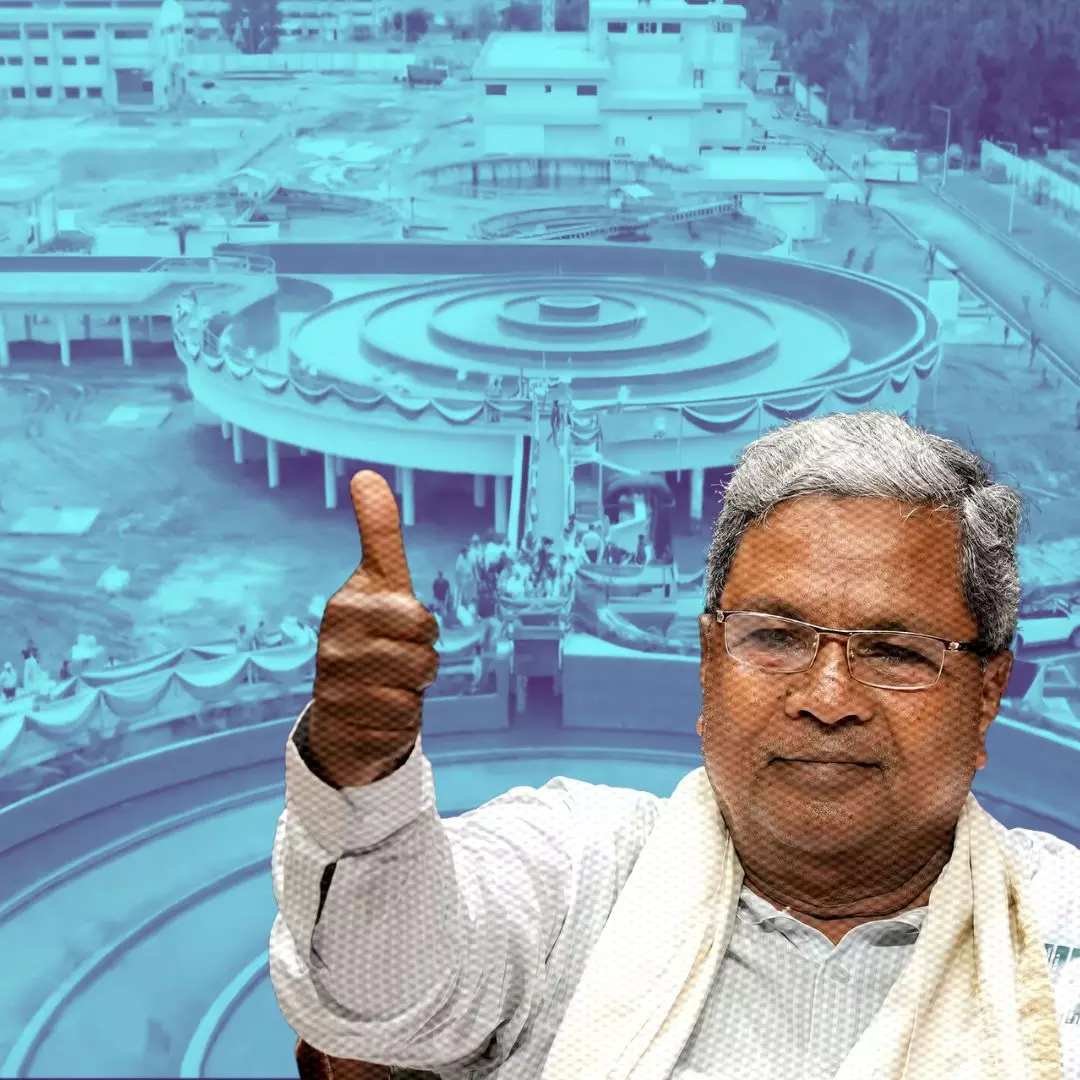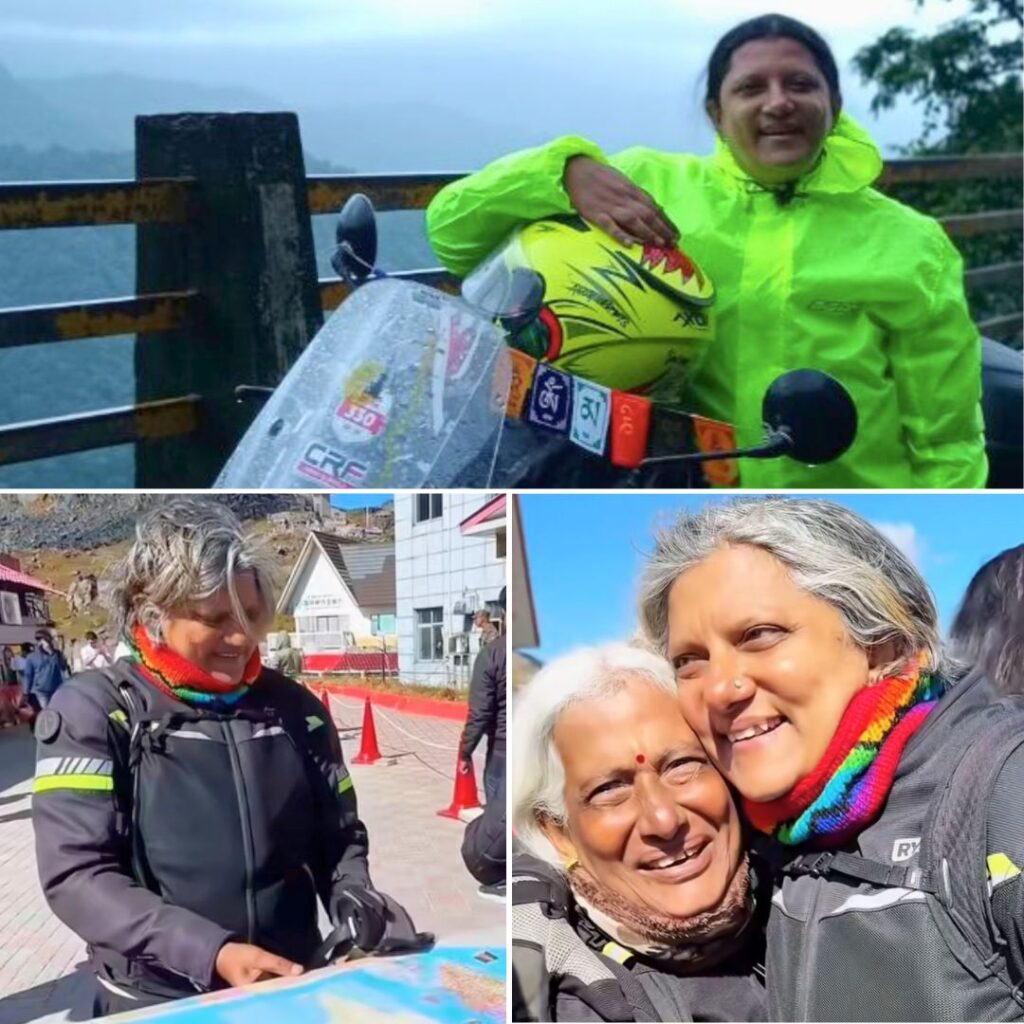On October 16, 2024, Karnataka Chief Minister Siddaramaiah inaugurated the fifth phase of the Cauvery drinking water project at Thorekadanahalli, aimed at providing an additional 775 million liters of water per day to Bengaluru’s peripheral areas. The Rs 4,336 crore project, funded by the Japan International Cooperation Agency (JICA), will benefit approximately 50 lakh residents across 110 villages, with plans for four lakh new water connections. While officials celebrate the launch, concerns remain regarding previous delays and the adequacy of water supply amidst growing demand in Bengaluru.

Significant Water Supply Initiative
The Cauvery Stage V project is designed to address the chronic water scarcity faced by Bengaluru’s outskirts, which have been reliant on private tankers and bore-wells for years. The project will extend piped water supply to areas including Yelahanka, Yeshwantpur, and Mahadevapura. CM Siddaramaiah emphasized the importance of this initiative, stating that it would not only provide immediate relief but also lay the groundwork for future phases of water supply. He attributed previous delays to a lack of funding from the prior government and criticized the central government for not supporting Karnataka’s water projects. Deputy Chief Minister D.K. Shivakumar highlighted that this project will impact a significant portion of Karnataka’s population and expressed gratitude towards JICA for their financial support.

Background and Context
This long-awaited project comes after more than a decade of planning and delays, with initial conceptualization dating back to 2012. The need for such infrastructure has intensified due to Bengaluru’s rapid population growth, which has surged to approximately 1.5 crore residents. Many of the villages set to benefit from this project were integrated into the Bruhat Bengaluru Mahanagara Palike (BBMP) in 2007 but have faced severe water shortages during summer months. The BWSSB has launched a campaign titled “Cauvery at Your Doorstep” to encourage residents to apply for new connections, addressing fears about potential costs and service reliability.
Questions and Answers
1. What is the Cauvery drinking water project?
The Cauvery drinking water project aims to supply an additional 775 MLD of water to Bengaluru’s peripheral areas, benefiting 50 lakh people across 110 villages. It was inaugurated on October 16, 2024, and is funded by JICA at a cost of Rs 4,336 crore.
2. Why was this project initiated now?
The project was launched to address severe water shortages in Bengaluru’s outskirts, where residents have relied on private tankers and bore-wells. With Bengaluru’s population rapidly growing, there is an urgent need for a sustainable water supply.
3. What are the expected benefits of this project?
It will provide clean drinking water to underserved areas, improve public health, and reduce reliance on private water sources. Additionally, it aims to enhance overall living conditions for residents in these regions.
4. What challenges has this project faced?
The project has experienced significant delays due to funding issues and bureaucratic hurdles from previous governments. Residents have expressed skepticism regarding timely implementation and have raised concerns about transparency in operations.
5. What are the future plans related to this initiative?
Deputy Chief Minister D K Shivakumar announced plans for a sixth phase of the project and other initiatives aimed at making Bengaluru water surplus through sustainable management practices.

The Logical Indian’s Perspective
The Logical Indian views this initiative as a crucial step towards ensuring equitable access to clean drinking water for all residents of Bengaluru, particularly those in underserved areas. We believe that sustainable urban development must prioritize basic necessities like water supply while fostering community engagement and transparency in governance. As Bengaluru continues to grow, how can we ensure that all voices are heard in discussions about resource allocation? We invite our readers to share their thoughts and experiences regarding water access in their neighborhoods.











